No matter what scale you’re modeling in or what era you prefer, there is no doubt that you’ll encounter the need to use an adhesive sooner than later. Whether it’s laying cork roadbed, building a structure, or applying detail parts, everyone needs a variety of adhesives for a variety of tasks. This list should help you decide what model railroading adhesives and glues you need for your workbench.
It should be noted that whenever using products such as glues and paints that proper ventilation is required. Certain products listed are solvent-based and can eat through materials that they’re not supposed to be used on. So like the saying “measure twice, cut once” when cutting wood, make sure you know what materials are safe for your various model railroading adhesives and glues. Follow all product instructions and safety guidelines when using them.
White glue
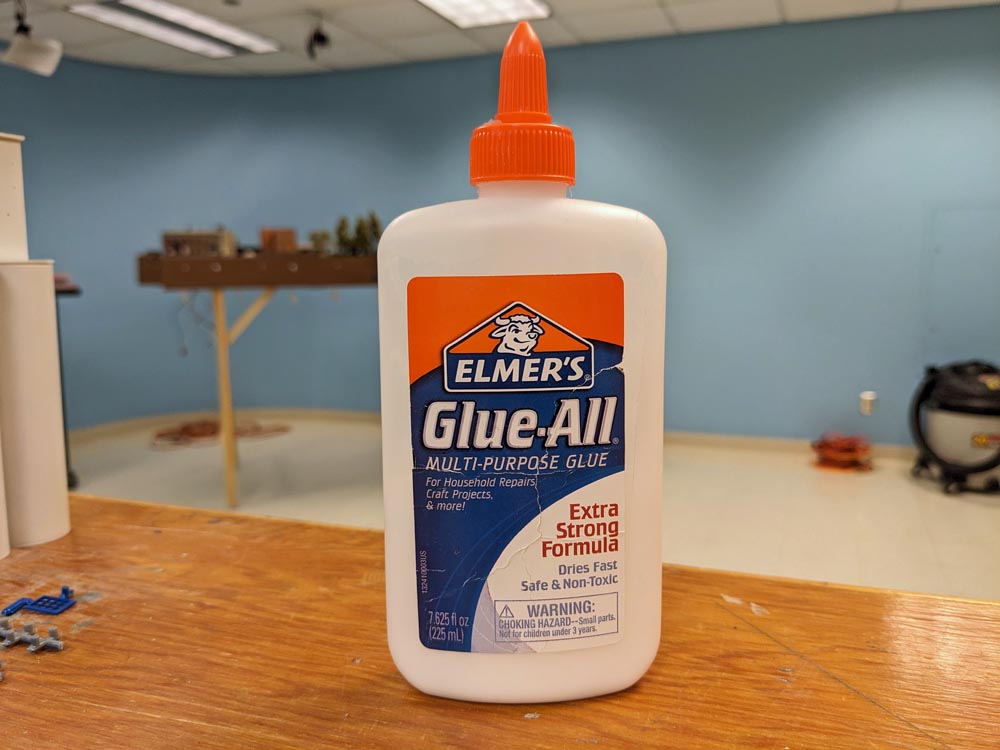
White glue is a synthetic polyvinyl acetate emulsion adhesive that dries clear. At full strength, it’s useful for bonding wood and similarly porous materials. It’s commonly thinned with water to apply scenery texturing materials. White glue is useful for applying scenery materials such as ground foam and trees to model railroad layouts.
Wood glue
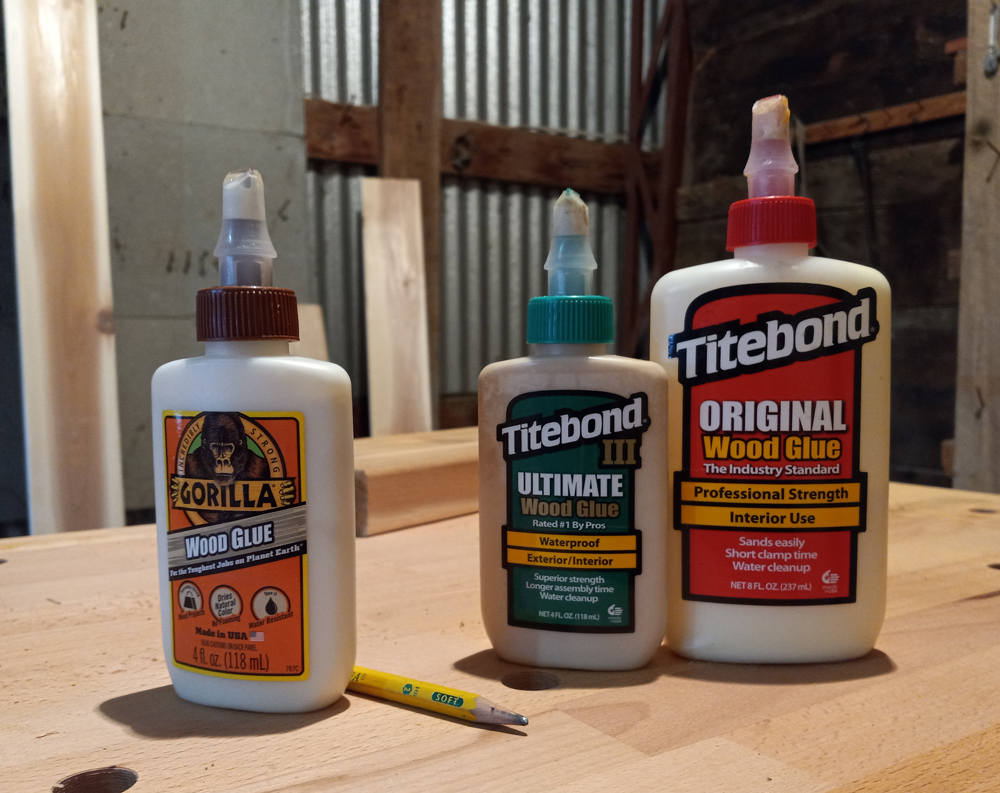
These glues are part of a family of aliphatic resins with different setting and bonding characteristics useful for models made of wood, paper, and other porous materials. Carpenter’s glue will clean up with water but doesn’t soften with water once it cures.
Scenic cement
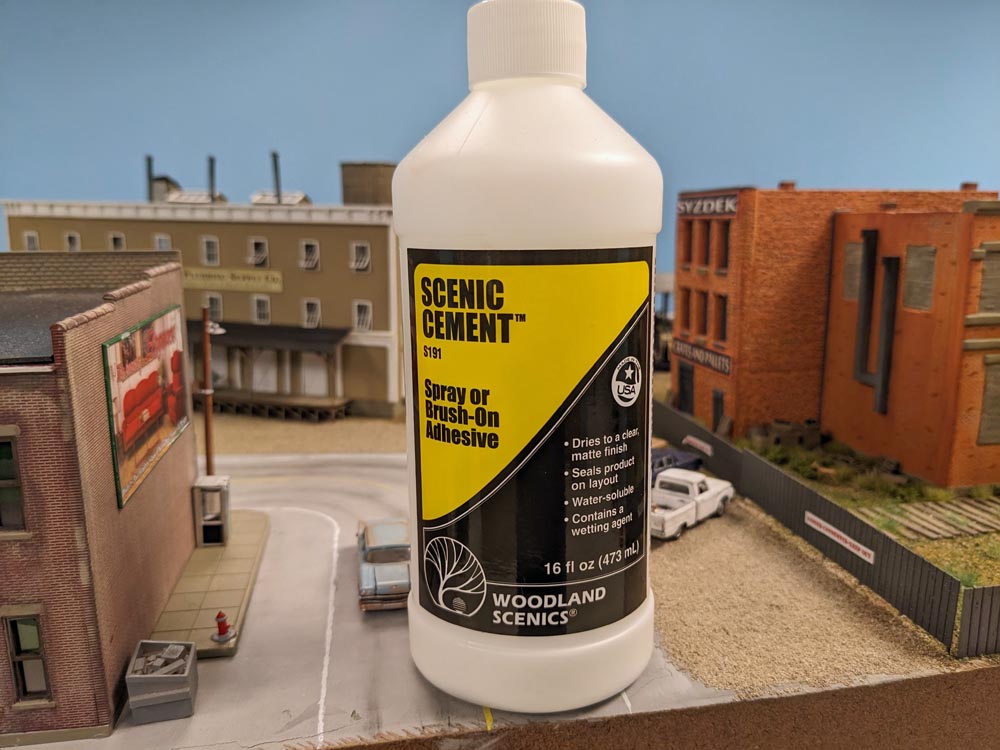
Scenic cement is similar to a dilution of white glue with tap water. Dilute white glue for scenery by mixing one part glue to three parts tap water (1:3 ratio). Alternately, matte medium like Mod Podge can be diluted by the same ratio to make scenery cement. If you prefer to not mix your own, companies like Woodland Scenics offer pre-mixed bottles of scenery cement. This is useful for applying fine scenery materials and ballast.
Hot glue
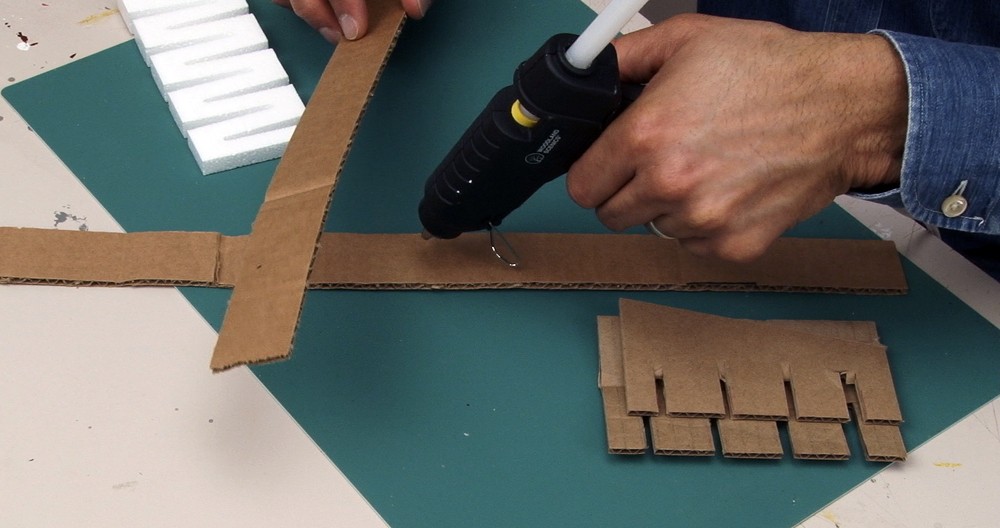
Hot glue is an adhesive that starts as a solid stick, but when heated, melts to become tacky — ideal for bonding cardboard strips, tempered hardboard, and cork roadbed to each other or to wood. Although the glue and the tip of the glue gun can be hot enough to burn skin, the glue cools in minutes.
Construction adhesive
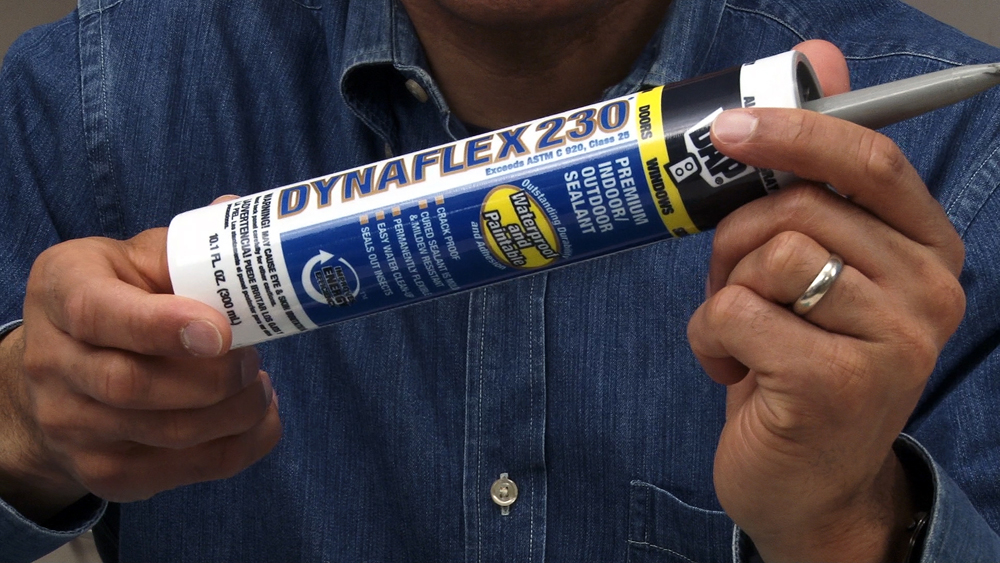
Construction adhesive doesn’t attack extruded foam insulation board, produces a strong bond overnight, and cleans up with water before the bond cures. The toughest construction adhesives can often be more than is needed by model railroad projects, but acrylic-latex caulks work fine on roadbed and larger scenery pieces. These caulks are flexible and easily applied, plus have a longer working time than other glues. It’s important to clamp your work in place while the caulk cures to ensure a good grip. A thin layer of adhesive caulk is useful for securing roadbed and flextrack during layout construction.
Contact cement
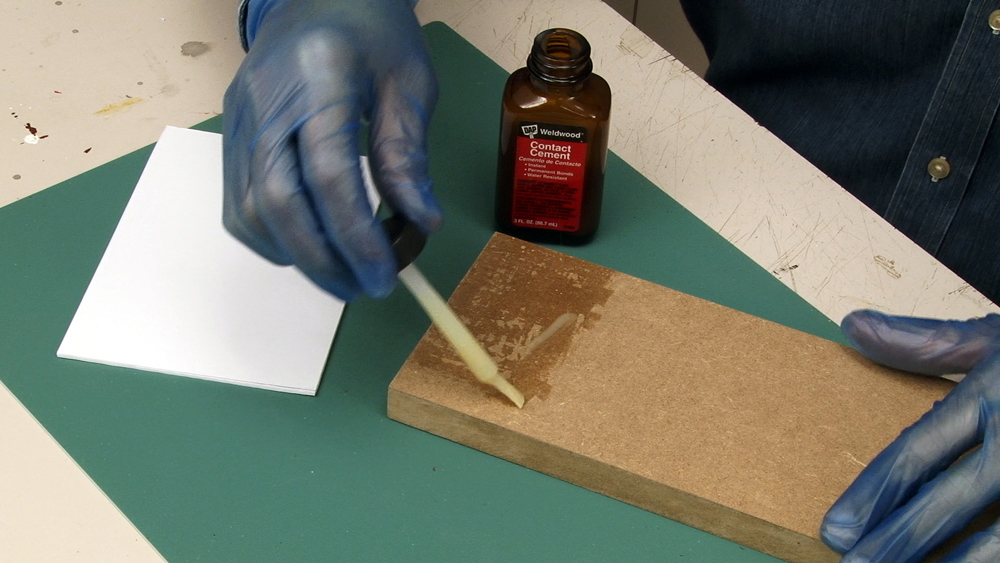
Contact cements are rubbery plastic adhesives that grab on contact to bond dissimilar materials. Once bonded, they resist shock. Most contact cements contain solvents that may attack some plastic materials or foam board.
Some contact cements come as liquid adhesives made for brush application or in spray cans. These adhesives are most commonly used to fasten sheets of printed texturing material on walls or to fasten detail elements to a backdrop. The adhesive is applied in a thin layer to both surfaces and then allowed to dry. Once the cement dries, the two surfaces must be carefully aligned before the parts are pressed together, because once contact is made, the bond is instantaneous and permanent.
Solvent cement
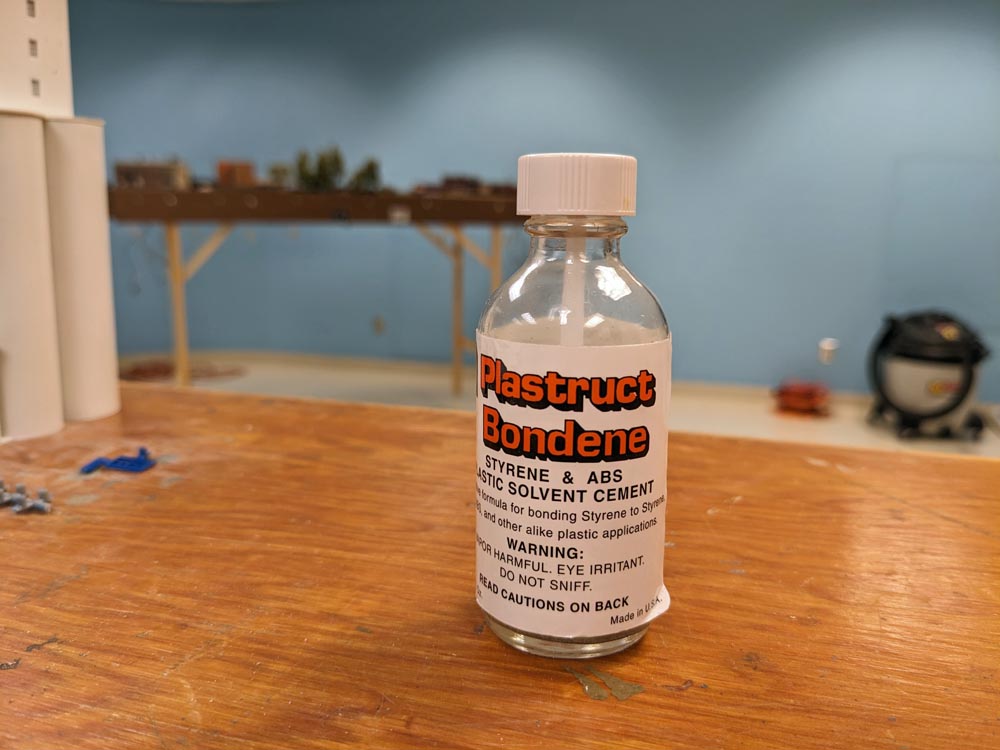
Often referred to as plastic cement, these are clear, watery liquid chemicals that are used to assemble plastic kits of all types. When using solvent cement, you’ll want to dry-fit the parts first. As you apply the liquid cement with a brush, the plastic parts soften and become “welded” together. There isn’t any bulky residue after the cement evaporates, but avoid getting it on visible surfaces, as the cement will etch and damage the surface. Some cements work better on specific kinds of plastic, so be sure to use the right solvent cement to obtain good bonds.
Thick solvent cement and nontoxic solvent cement are also available for different applications.
Cyanoacrylate (CA)
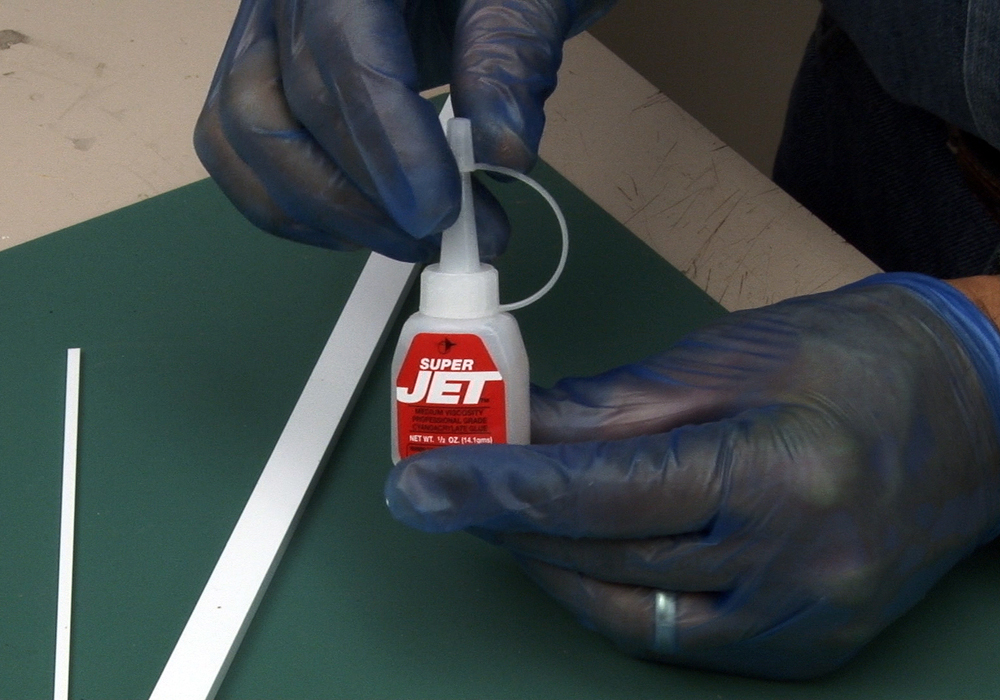
Colloquially known as “super glue,” cyanoacrylate adhesive (CA) comes in several viscosities with different setting times. Thin and medium viscosities work well for kit assembly and can join parts made of dissimilar materials. However, thin CA sets almost instantly, and CA vapors can fog clear glazing and plated parts.
Thicker CA is slower acting, fills gaps, and allows more time for positioning parts before it sets. Once the parts are held in place, a drop or two of chemical accelerator, applied with a Microbrush, sets the joint almost instantly.
Epoxy
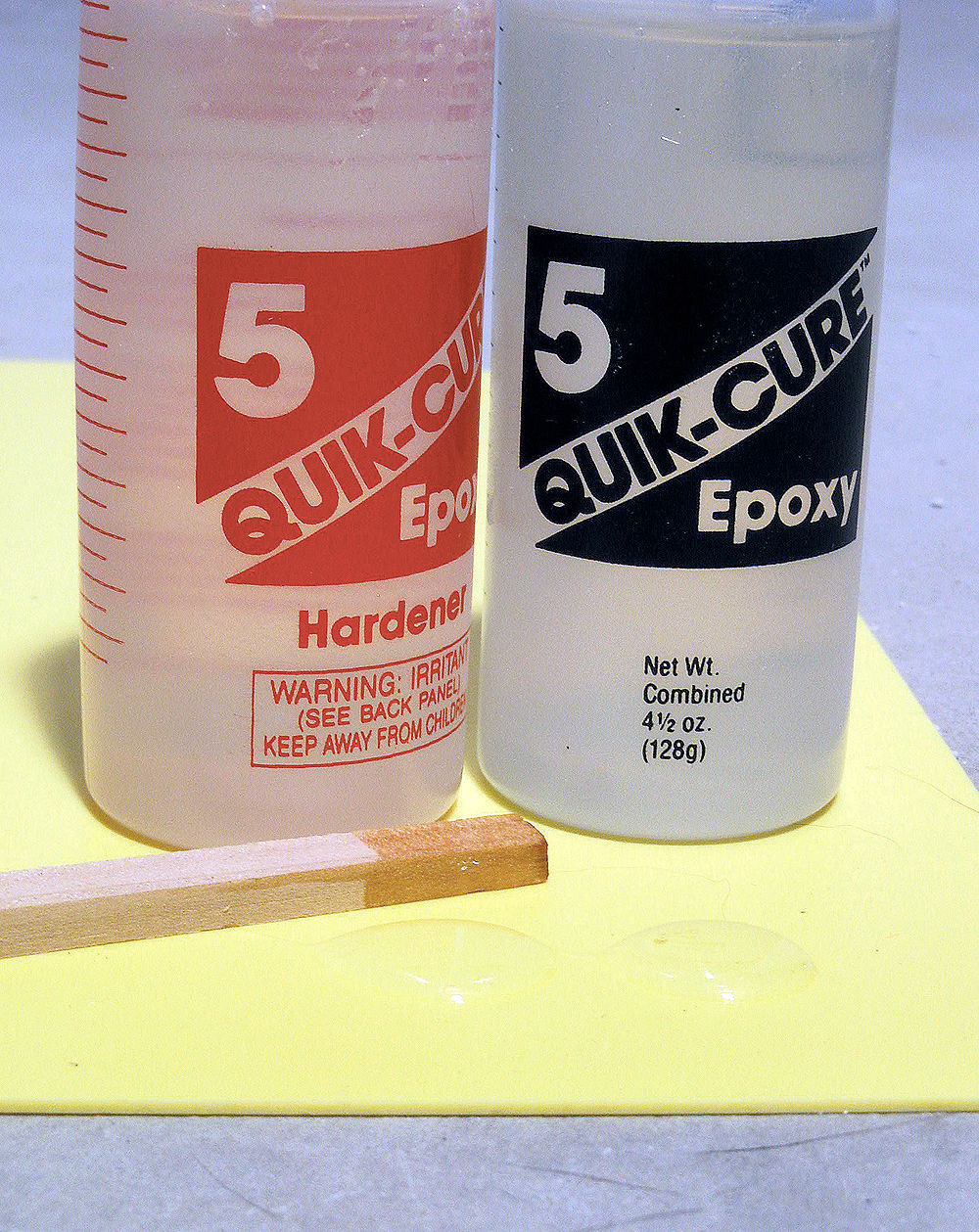
Quick-acting five-minute epoxy is a two-part chemical adhesive that must be mixed thoroughly before application to produce exceptional strength. It’s useful for bonding dissimilar materials like metal, plastic, ceramics, wood, and plaster castings.
To learn more about these adhesives, check out Workshop Tips and Projects for Model Railroaders, available from the Kalmbach Hobby Store.
What glues or adhesives have you used for specialty applications on your layout? Let us know in the comment section below.






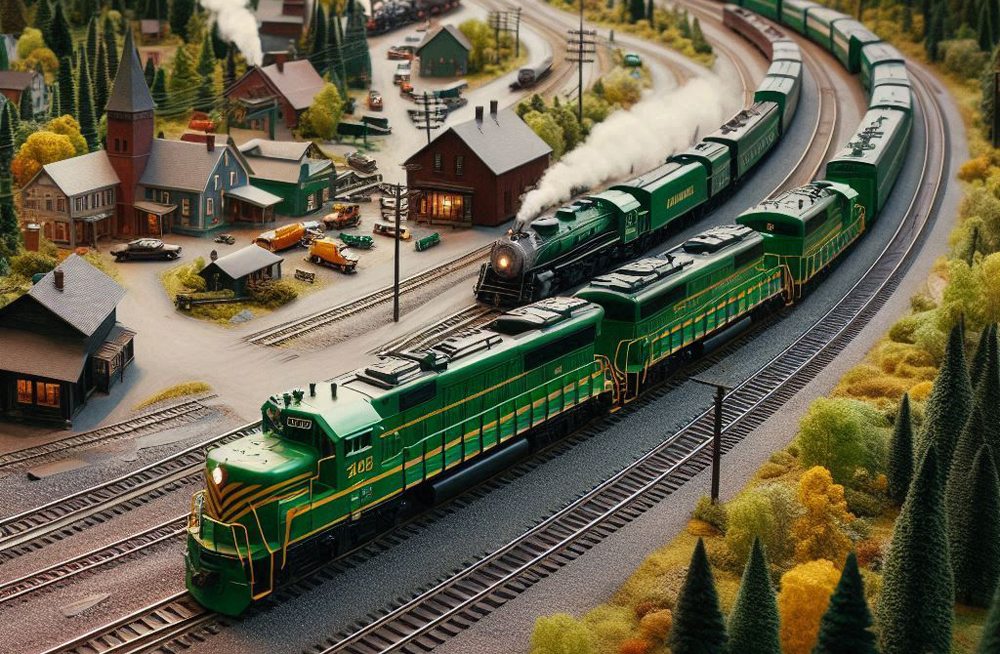
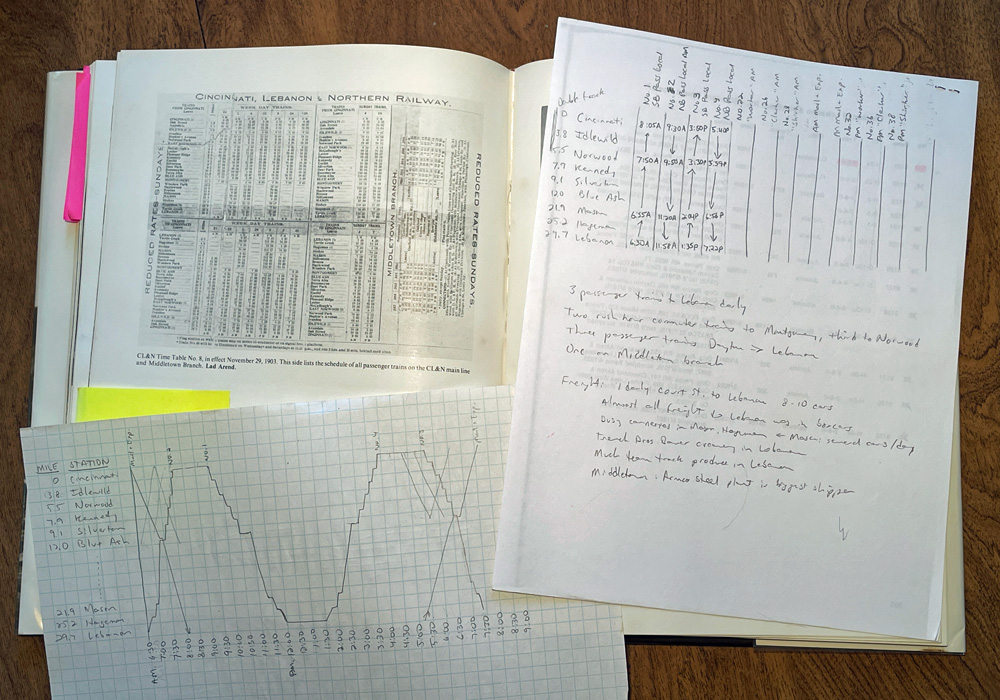
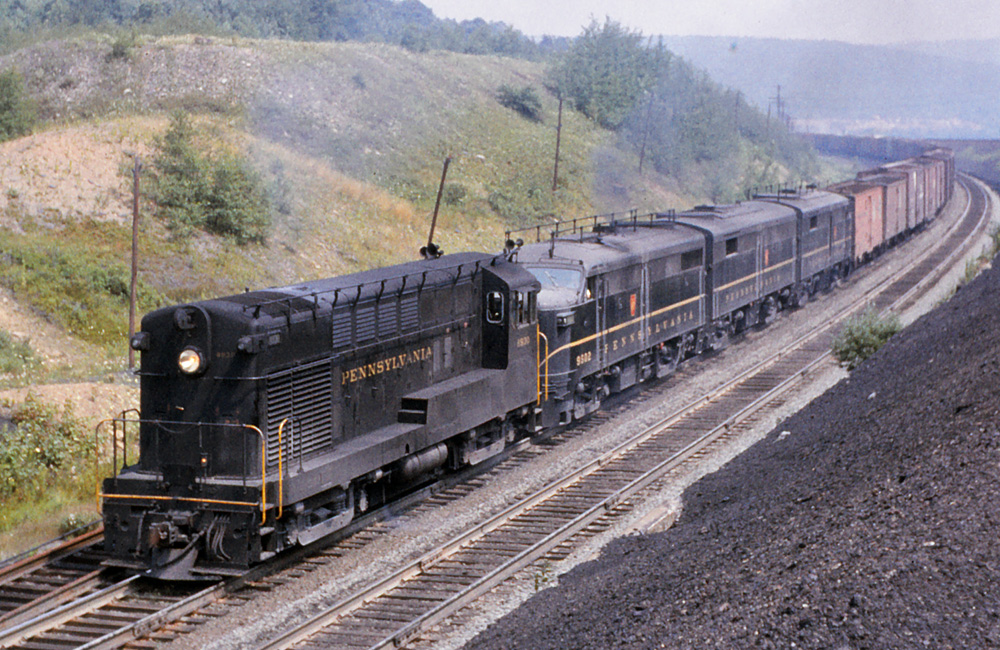
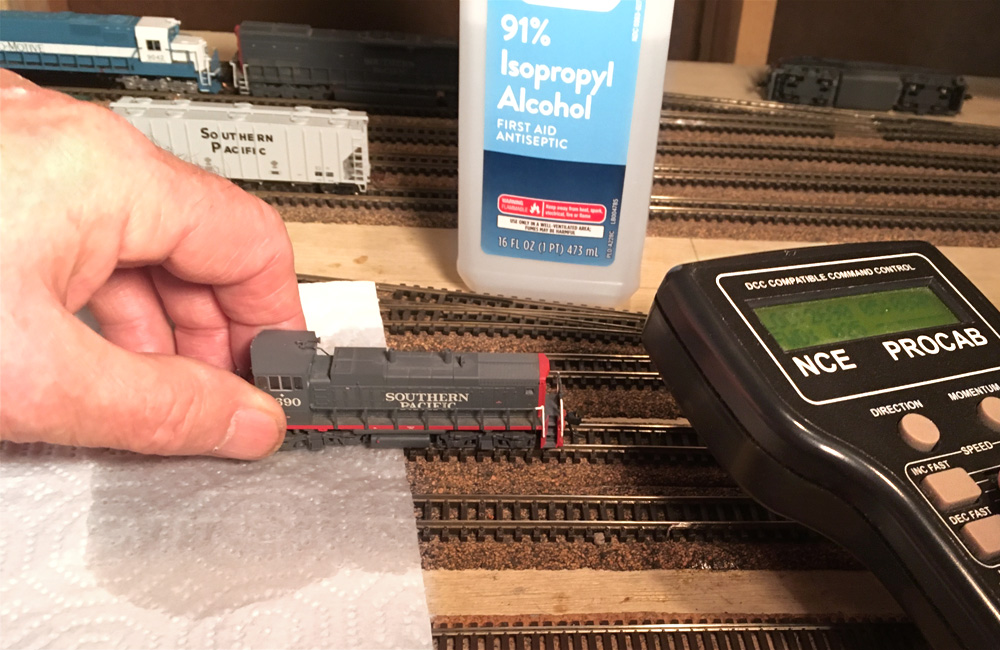




Crafter’s Pick The Ultimate is my new go to glue for bonding dissimilar materials. It replaces cyanoacrylates, contact cements, and epoxy for me in most situations.
http://crafterspick.com/
Gee, fella, you’ve forgotten the old-fashioned tube glues, such as the long-gone Ambroid. I’ve been using them for at least 70 years to glue almost anything to almost anything else. I have a lead-boiler locomotive that I glued a cast-brass stack onto about that long ago, and it’s still on. For a more modern use, I use a tiny dot of it to hold tiny detail parts in place for the time it takes me to apply a solvent cement for a permanent fix. It’s also great for such things as adding wood support strips to the interior of styrene buildings. — Mort Mayer, 92 yrs young